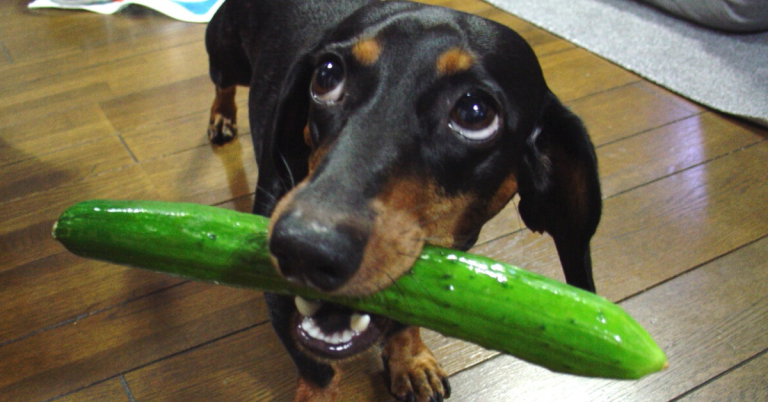15 Subtle Signs Your Dog Might Be Battling Allergies Right Now

A restless night or repeated scratching could quietly reveal your dog’s struggle with an underlying issue. These allergy-related symptoms often slip under the radar, disguised as quirks or minor nuisances. Up ahead are early clues that give you a chance to step in before minor issues turn into lasting discomfort.
Persistent Paw Licking
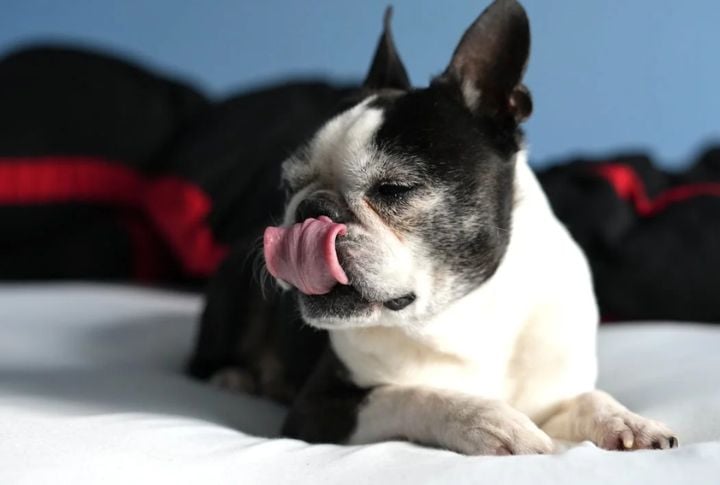
Constant licking isn’t something dogs do for fun. Allergic inflammation triggers nerves in their paws, creating intense itching. This behavior frequently follows walks or the spring bloom. Unlike boredom-triggered chewing, licking caused by allergies leaves reddish stains. Feet aren’t snacks, and dogs shouldn’t act like they are.
Recurrent Ear Infections
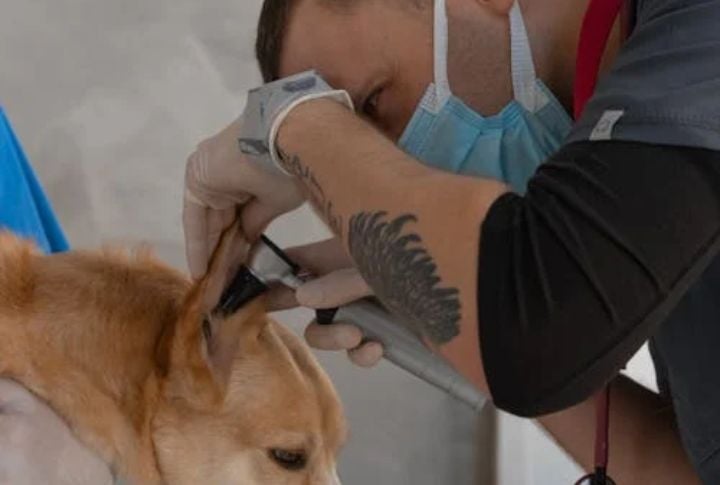
When ear drops become routine, allergies may be the real culprit. Allergens disrupt the ear canal’s pH, encouraging yeast and bacteria. Floppy-eared breeds like Cocker Spaniels are especially vulnerable to this. Chronic infections don’t happen by chance, as they usually point to something deeper that needs your attention.
Red Or Watery Eyes

Clear tears without discharge are more likely to indicate allergy-related inflammation than infection. Pollen and dust mites are the most common triggers. Though the redness and moisture seem mild, they often linger longer. Those glassy, red eyes indicate that your dog’s immune system is reacting to something.
Sneezing Fits
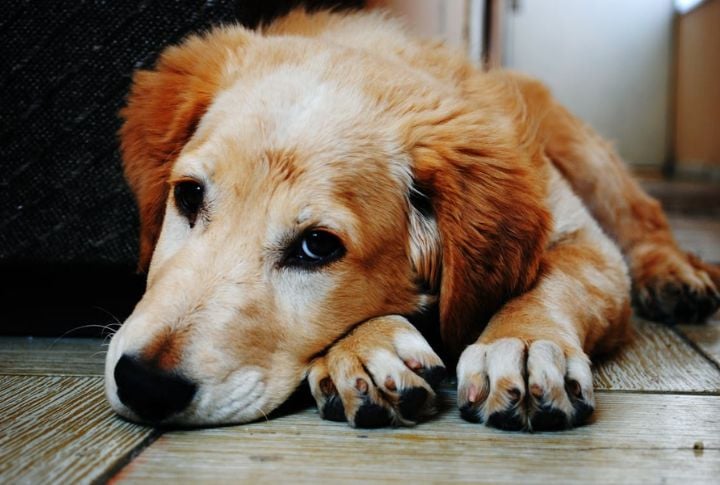
A single sneeze might seem harmless, but several in a row can point to allergies. Dogs with allergic rhinitis may react this way in pollen-filled environments. Unlike the brief bursts caused by viruses, allergy-related sneezing sticks around, signifying your dog’s discomfort with troublesome airborne particles.
Hives Or Raised Bumps
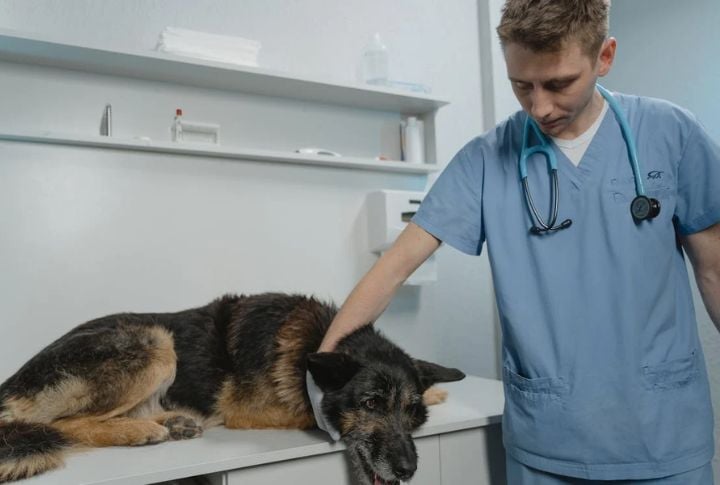
Sudden bumps on your dog’s skin can be a sign of hives. These welts may appear after a bug bite or a vaccine and are usually more noticeable. Although they disappear within hours, they point to a sensitive immune system. Temporary rashes are still valuable clues about underlying allergic responses.
Restlessness Or Sleep Disturbances

Restlessness can show up before visible allergy symptoms. Allergies trigger skin irritation that disrupts sleep, leading to pacing or frequent shifting. Research confirms this link between irritation and poor sleep quality. Your dog’s discomfort might show up at night, long before it’s seen on the skin.
Chronic Diarrhea Or Soft Stools

Restlessness can show up before visible allergy symptoms. Allergies trigger skin irritation that disrupts sleep, leading to pacing or frequent shifting. Research confirms this link between irritation and poor sleep quality. Your dog’s discomfort might show up at night, long before it’s seen on the skin.
Frequent Reverse Sneezing Episodes
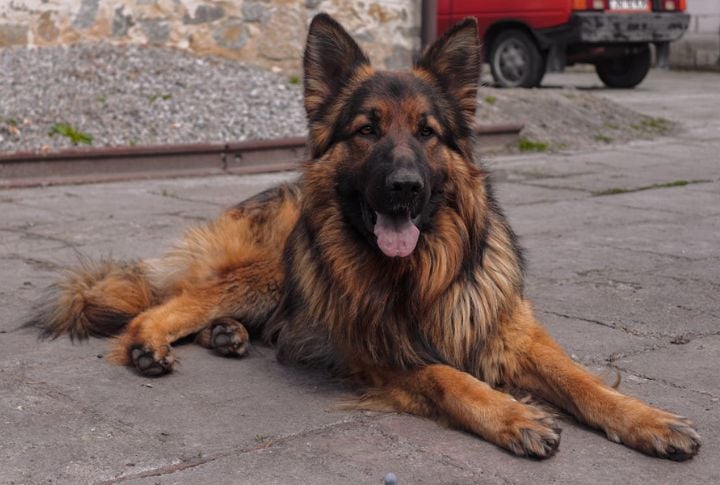
That sharp, snorting sound may seem alarming, but it’s likely reverse sneezing—a reflex triggered by nasal irritation. Allergens frequently set it off, especially in smaller breeds. If these episodes become recurrent, it could indicate that your dog’s immune system is sending cues.
Nasal Discharge
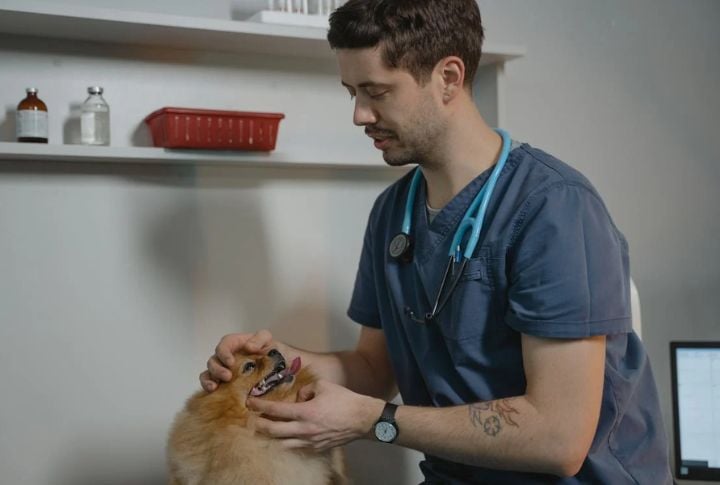
Constant sniffles may seem harmless, but can indicate a reactive airway. Allergic rhinitis produces a clear, watery drip instead of a thick discharge. Pollen and dust irritate the nasal lining, increasing mucus production. This subtle symptom speaks louder than it looks and deserves closer attention.
Facial Swelling
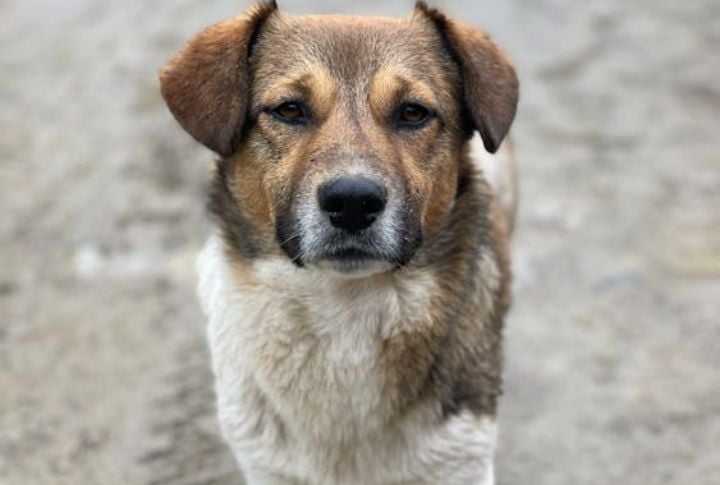
A puffy face or a swollen muzzle usually follows an allergic reaction. Insect stings, certain foods, or medications have the potential to trigger this response. Facial swelling can rapidly block airways, too. Though dogs can’t explain it, the sudden change means you need to take them to the vet immediately.
Tail-End Licking Or Chewing Habit
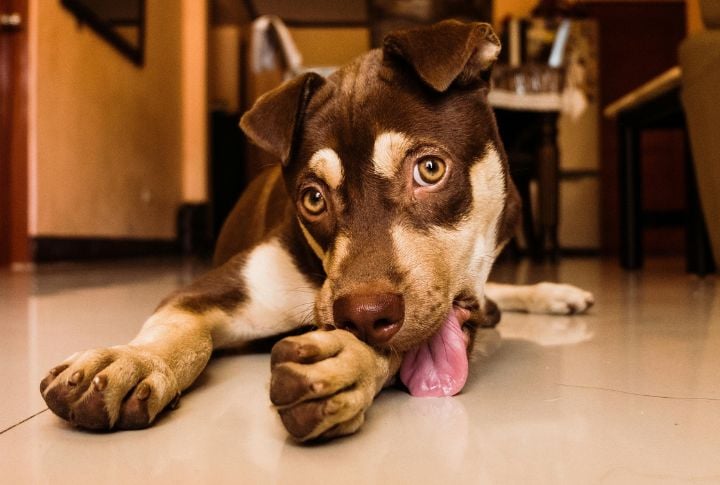
Is the tail turning into a chew toy? That nibbling spree at the base of their tail isn’t about grooming—it’s often a red flag for allergies. Food or pollen might be driving your pup bonkers. If it looks like a flea chase with no fleas, they’ve likely got a serious issue.
Chronic Ear Odor
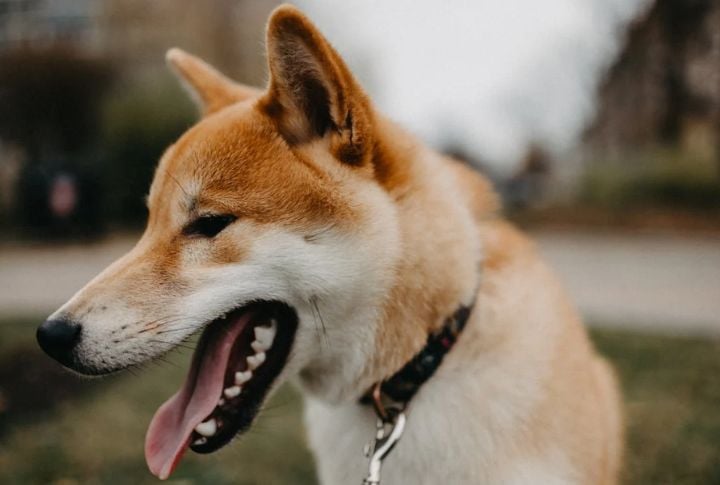
That sour, musty smell wafting from your dog’s ears isn’t normal. Allergies can change the ear’s microclimate, encouraging bacteria and yeast. If the odor returns after every cleaning, it likely points to inflammation deep in the canal. This stench can indicate a chronic allergic cycle.
Hair Loss And Bald Patches
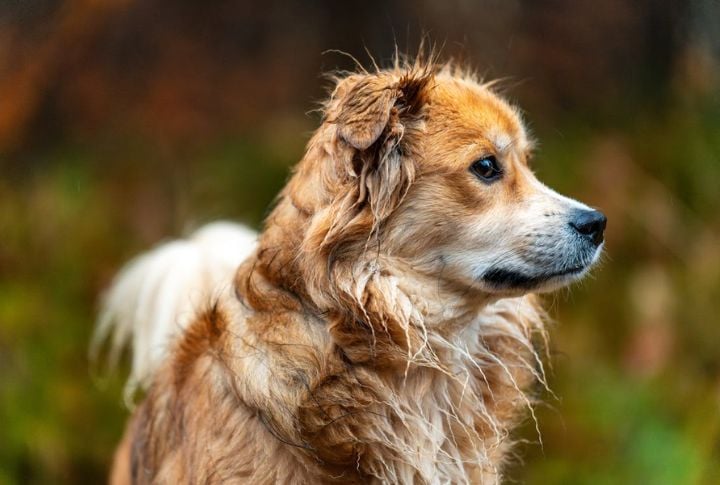
Seasonal or food-related allergies inflame hair follicles and damage the skin’s natural barrier. Dogs may chew or rub the irritated spots, which leads to visible hair loss. When you see tiny bald patches, it’s a sign of an underlying itchy issue.
Scooting Or Dragging The Rear

Dragging the rear on the carpet may look funny, but it’s not always about worms. Allergic itchiness can affect the skin near the anus, prompting dogs to scoot in an attempt to relieve the discomfort. Frequent episodes may coincide with food sensitivities that impact digestion as well.
Unusual Body Odor
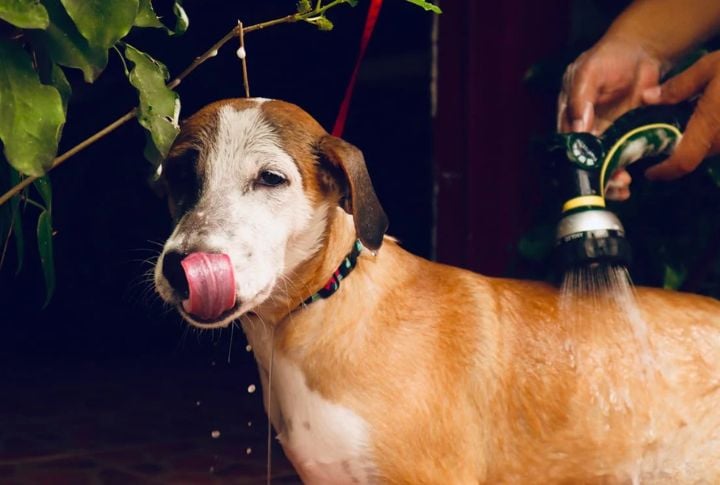
When your dog’s natural scent shifts dramatically, take the hint. Skin inflammation creates an ideal environment for bacteria to thrive. Even after a bath, this can create a strong yeasty odor, and noticing a new or unpleasant smell is usually the first hidden clue that something’s wrong.


